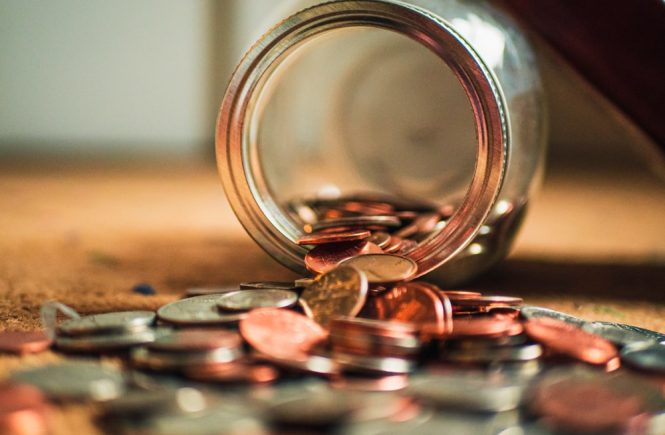The Federal Reserve recently indicated that they will be keeping rates near zero at least until 2022 to help the US economy recover from the Coronavirus economic shock. Along with maintaining the pace of quantitative easing the Fed is doing through the increase in Treasury and mortgage-backed securities. The Federal Reserve balance sheet is at US$7.1 trillion for the week 8th June 2020, increased by US$3 trillion in the last 3 months.
While this situation isn’t unique only to the US, government across the globe have adopted aggressive stimulus plan to cushion the economic shock caused by the Coronavirus. So how would such actions affect the general population?
At a basic economic level, the interest rate set on savings account deposits is determined by the relationship between how much banks value receiving extra deposits and how much savers value the services of a savings account. Those valuations are manipulated by how governments and central banks target interest rates in the economy.
So for the average citizens whose, a large portion of their financial assets are kept with the banks, earning minimal interests over a long period of time will put themselves in a precarious position whereby their asset value will decrease over time due to inflation.
So what shall we do in a low-interest rate environment?
